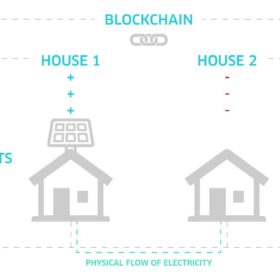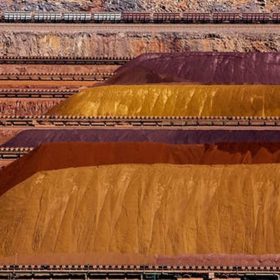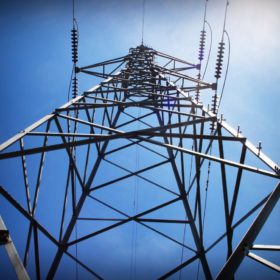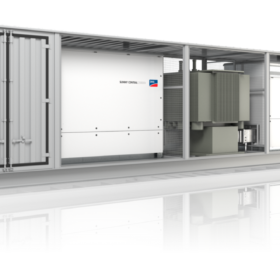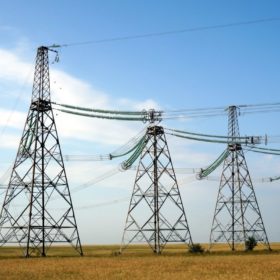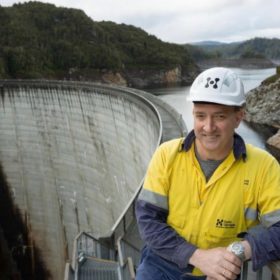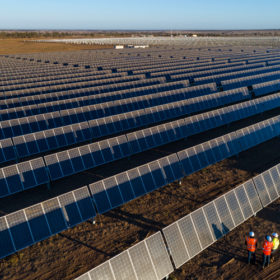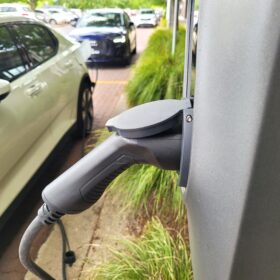New tool to assess costs and benefits of switching to green hydrogen
A result of a collaboration between global accounting and financial services firm KPMG, Canadian gas giant ATCO, Australia’s national science agency CSIRO and Australian Renewable Energy Agency (ARENA), H2City can be used to assess the costs and benefits of regional town or municipality switching to hydrogen.
South Australia set for large-scale, blockchain-enabled virtual power plant
Known for its blockchain-based peer-to-peer platform that allows energy trading between households, Power Ledger is now readying for the first large-scale commercial rollout of its technology in Australia. The Perth-based company has partnered with electricity wholesaler Powerclub to allow households to pool net solar and battery storage and act as a virtual power plant.
Australia could fall apart under climate change. But there’s a way to avoid it
Four years ago in December 2015, every member of the United Nations met in Paris and agreed to hold global temperature increases to 2°C, and as close as possible to 1.5°C. The bad news is that four years on the best that we can hope for is holding global increases to around 1.75°C. We can only do that if the world moves decisively towards zero net emissions by the middle of the century.
AEMO publishes indicative MLFs for 2020-21
The Australian Energy Market Operator (AEMO) expects to see further declines in Marginal Loss Factors (MLFs) next financial year on a number of grid-scale PV projects, primarily in south-west News South Wales and north-west Victoria.
SMA to supply Greenough River second stage
The second stage of the first grid-scale solar plant in Australia, the Greenough River Solar Farm, will deploy German power electronics, with SMA announcing it has picked up a contract to supply the 30 MW development.
LCOE on some Australian PV projects as low as $27-36/MWh as renewables close in on global grid parity
The latest figures released by BloombergNEF show new solar and onshore wind power plants have reached parity with average wholesale prices in California, China and parts of Europe. The technologies are winning the race to be the cheapest sources of new generation for two-thirds of the world’s population.
Tasmania firms its ambitions of becoming Battery of the Nation
Hydro Tasmania has released a white paper pushing the island state’s claims to become the Battery of the Nation via upgrades to the Victoria-Tasmania interconnector, an effort to unblock the backlog of solar and wind.
Adani opens 65 MW Queensland solar farm, puts further investment on hold
While it seeks to build one of Australia’s biggest coal mines, Adani has grown more cautious on solar investment after suffering connection delays on its first renewables project in Australia.
Federal Government allocates $1 billion to boost grid reliability
The Morrison government has extended an extra $1 billion to the Clean Energy Finance Corporation to invest in energy storage projects, transmission and distribution infrastructure and grid stabilizing technologies.
Governments back NSW-Qld power line upgrade
The Federal and the New South Wales governments will jointly contribute $102 million to increase the capacity of an existing interconnector between New South Wales and Queensland in the run-up to the planned closure of the Liddel coal generator in 2023.

